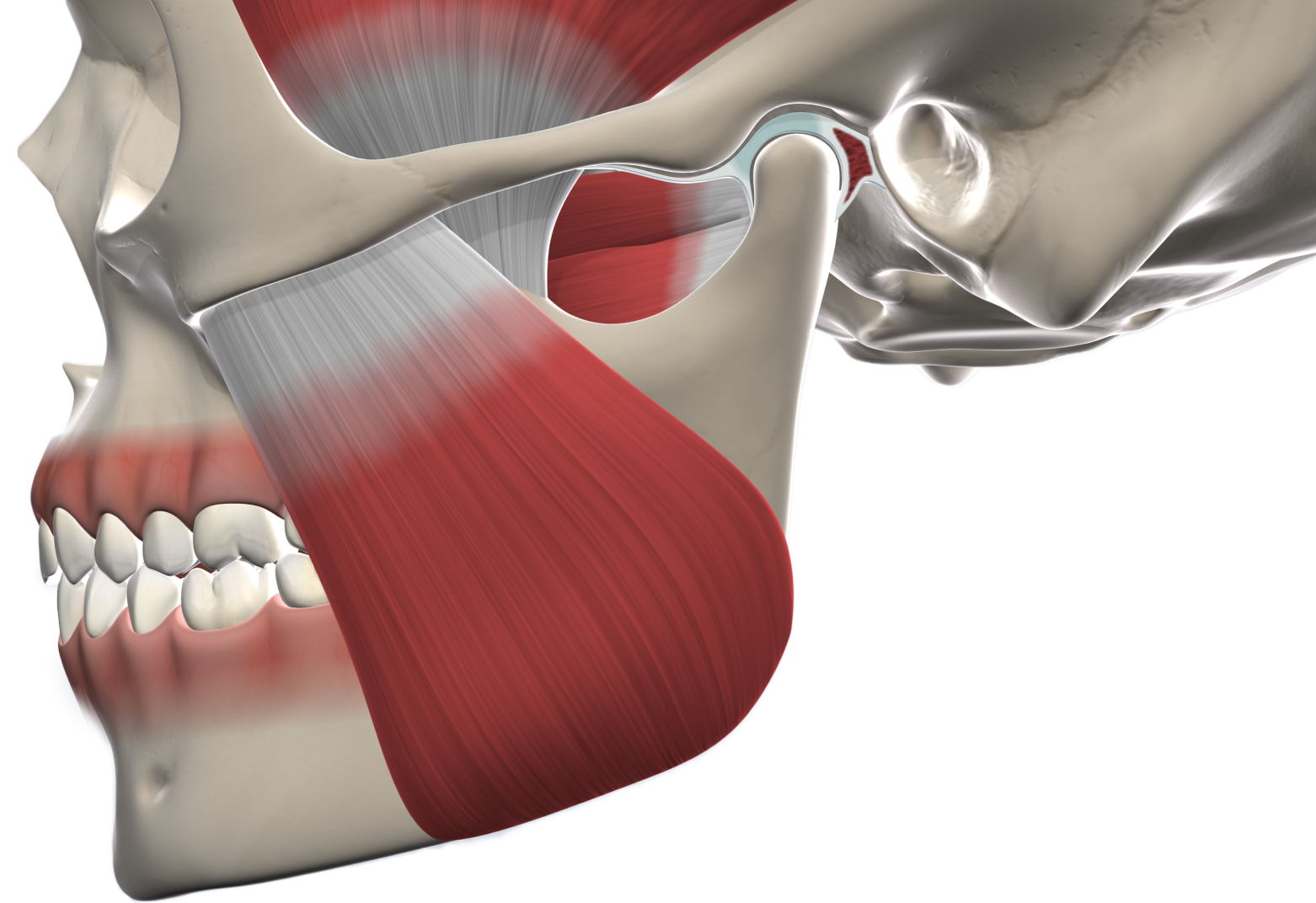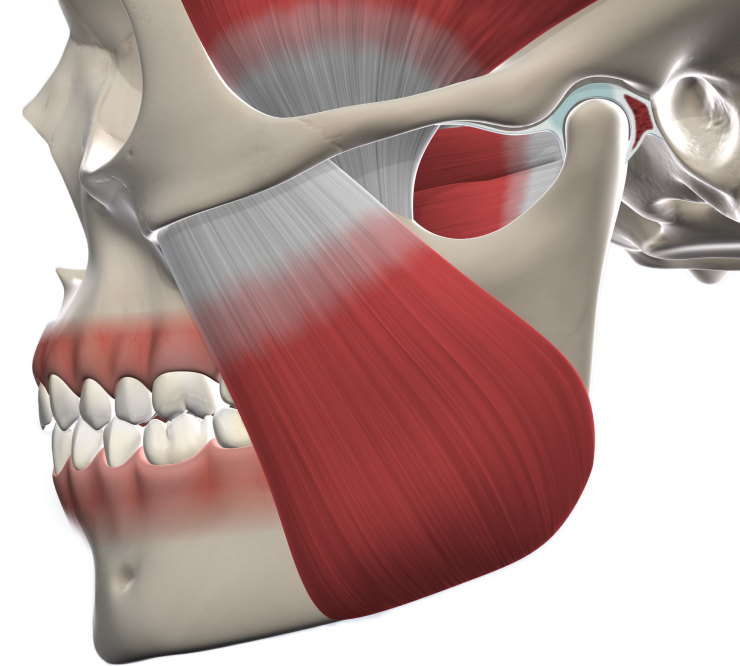Restore Function & Comfort
Temporomandibular joint (TMJ) disorders encompass various conditions affecting the jaw's connection to the skull's temporal bones. This crucial joint facilitates essential movements like chewing, talking, and yawning.
Several factors contribute to TMJ disorders, impacting daily oral function. While many treatments are available for home use, TMJ surgery becomes an option for patients who have found little relief from other therapies.
At Inland Institute Oral and Maxillofacial Surgery, we recognize the significance of restoring full jaw mobility. Dr. Gilbert is committed to providing comprehensive solutions, including TMJ surgery, aimed at enhancing patients' quality of life. If you've exhausted other treatments without relief from TMJ pain and impairment, reach out to our practice to schedule a consultation and explore whether TMJ surgery is right for you.
Benefits of TMJ Surgery
TMJ disorders cause persistent discomfort. Surgery provides pain relief, enhancing a patient’s quality of life and easing discomfort during daily tasks such as chewing and speaking.
Addressing structural issues with the joint through TMJ surgery improves overall jaw function, including increased mobility and decreased stiffness.
Procedures like repositioning or joint replacement surgery can rectify structural irregularities in the temporomandibular joint. This is beneficial for all patients, especially those with significant joint damage or misalignment.
By treating TMJ disorders, the jaw experiences reduced stress, lowering the likelihood of bruxism (teeth grinding) and preventing other dental issues.
Surgery fortifies the jaw joint, minimizing the risk of dislocation or other temporomandibular joint-related complications.
Types of Anesthesia
We offer several forms of anesthesia to ensure your comfort.
Types of TMJ Surgery
Treatment options for TMJ disorders vary depending on the patient’s condition and underlying issues. Typically, any surgical procedure for TMJ involves the use of general anesthesia or local anesthesia combined with sedation, chosen based on the surgeon’s recommendation.
Arthroscopy
This minimally invasive approach begins with a small incision near the TMJ. A slender tube equipped with a camera is inserted to assess the joint’s condition, clear debris, and potentially perform minor repairs.
Arthrocentesis
In this procedure, a needle is inserted into the joint space to irrigate and flush out the joint using a sterile solution. This helps reduce inflammation, eliminate debris, and enhance joint function.
Joint Replacement (TMJ Total Joint Replacement)
Severe TMJ damage may require total joint replacement. The damaged joint is removed and substituted with an artificial joint crafted from materials like metal or plastic. This transformative surgery significantly improves the quality of life for patients severely impacted by TMJ disorders.
Repositioning Surgery
Repositioning surgery addresses misalignment by adjusting the jaw’s position. This procedure aims to alleviate TMJ-related pain, enhance joint function, and optimize jaw alignment and structure.
Where the Renaissance of Oral and Maxillofacial Surgery Lives
Inland Institute Oral & Maxillofacial Surgery is proud to be the apex of oral and cosmetic surgery services. Our commitment to professional, compassionate care radiates well beyond our practice, impacting the everyday lives of our patients. To discover what sets us apart and to begin your own journey toward an improved well-being, contact us to schedule a consultation.



